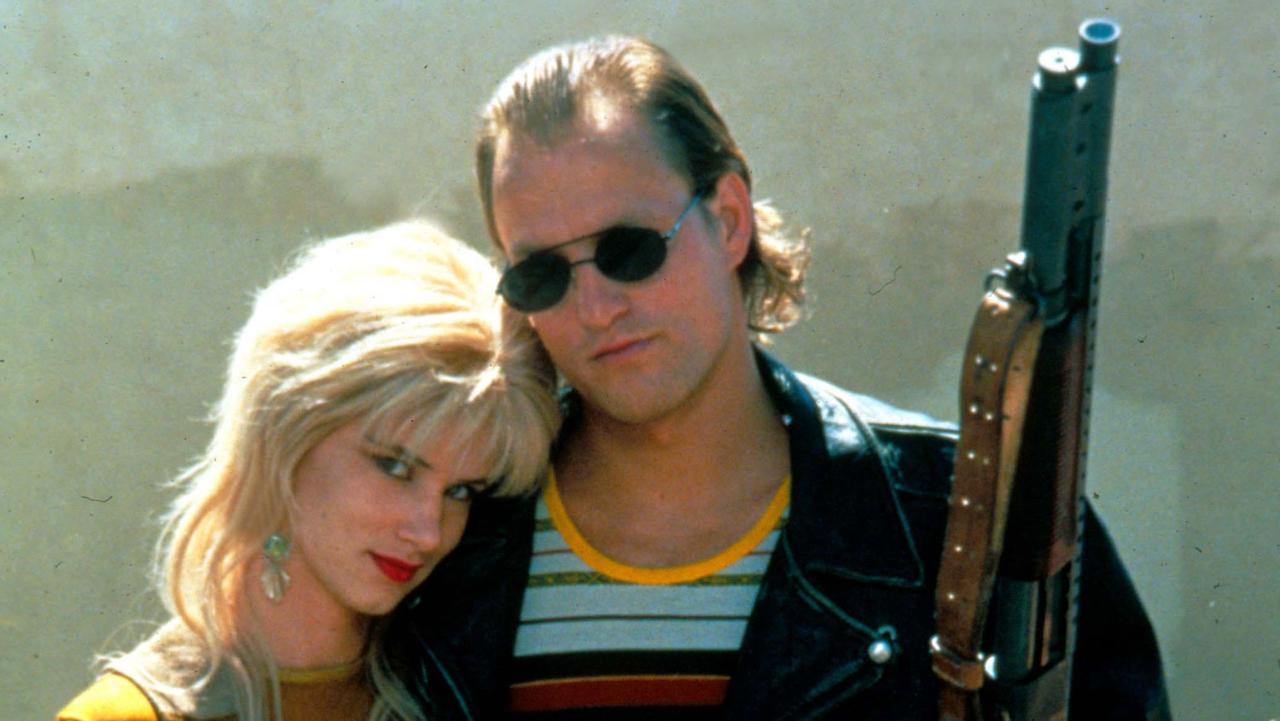
There are mainly two ways in which media is portrayed on film. First, there are those movies that present journalism as a heroic, moral profession, where the journalist is a truth-teller, a presenter of factual information, often risking imprisonment or even life to bring the news to the public. Movies like “All the President’s Men”, “Spotlight”, “Good Night and Good Luck”, “The Killing Fields”, and the most recent “A Private War” give the profession of journalism the appreciation it deserves.
However, the undeniable dark side of media, the problematic use of the power of journalism has been also largely analyzed in movies of all genres. More often than not, these films portray journalist as unscrupulous, driven by ambition and high career goals. The search for sensationalist stories and the shock factor is being seen as common practice, pushing journalists to breach moral boundaries. In news programs, violence is dramatized and presented in an almost cinematic manner.
If we look at movies like “Funny Games” and “Videodrome”, we see media violence is blurring the line between reality and fiction. Stories are being distorted to create a dramatic effect in “Nightcrawler” and “Five Star Final”. In “Natural Born Killers”, violence fascinates, incites fear and appeals in a perverse manner to the darkest corners of human nature, eventually becoming validated by society.
It is hard to quantify the effects that violent media has on reality, but the movies in this list try to show the impact the constant thirst for sensationalism in media can have on human lives and on the way that people perceive reality. They reveal the dark side of media, the way that news is being delivered and how they tap into existing prejudice, perpetuating feelings of rage and aggression through the repetition of negative reporting.
1. Five Star Final (1931) – dir. Mervyn LeRoy
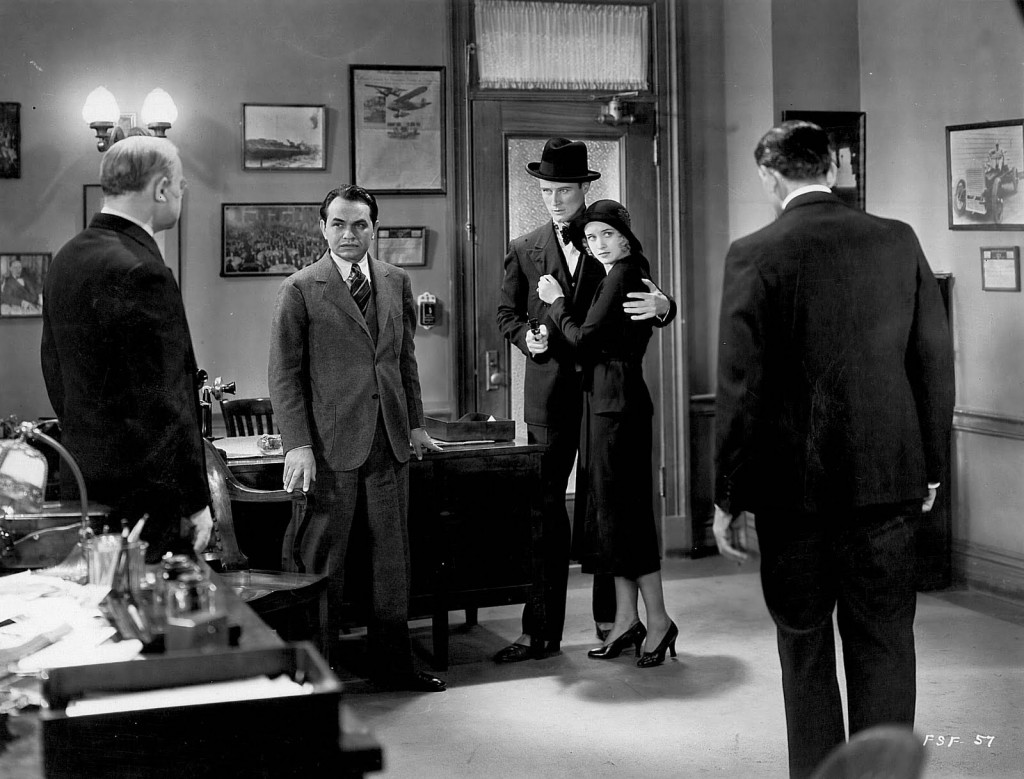
Shot and released in the so-called pre-Code era, a period of considerable artistic freedom for the then infant cinema, before the enforcement of the Hays Code that would dictate what was acceptable and what not to show on film until the late 60s, “Five Star Final” is a tragedy of Shakespearian dimensions.
The exploitation of death and human tragedy by the news media is exposed in such a way that it reminds of the ruthlessness seen later in such flicks as “Network” or “Nightcrawler”. Nancy Voorhees, a woman acquitted of murder 20 years prior when she killed the man who got her pregnant and refused to marry her, is living a happy, quiet life with her husband and daughter Jenny. Jenny is engaged to Phillip, a seemingly well off young man from a good family. The happy days end when a tabloid paper, The Evening Gazette, decides to resurface her past story with the purpose of increasing sales.
Desperate and incapable to face the media harassment and social ostracism that would follow, Nancy takes her own life. The tabloid reporters find her and her heartbroken husband dead on the bathroom floor and take pictures of the bodies. The double suicide proves to be manna from heaven for the tabloid, who considers offering the recently orphaned daughter money to be allowed exclusivity in publishing the story as a series.
Emotional and heartbreaking, “Five Star Final” is an early cinematic mirror of the moral issues that arise from the unscrupulous use of the power that journalism has and proves that such themes are not just recent concerns. The film puts forth deep moral questions about the responsibility of journalists regarding their subjects and the corruption deeply rooted within the tabloid media.
2. Park Row (1952) – dir. Samuel Fuller
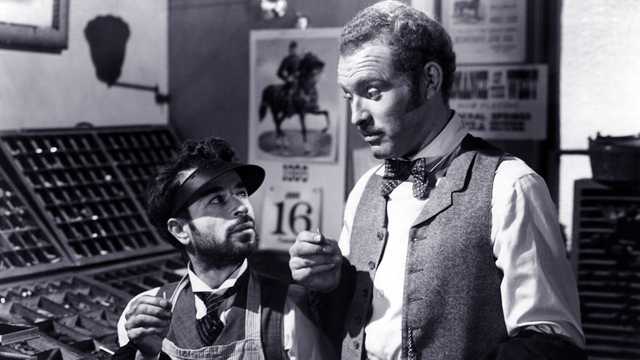
“Park Row” follows the rivalry between two newspapers, on one side the established The Star led by the apparently ruthless publisher Charity Hackett, on the other the emerging The Globe founded by the scrupulous editor Phineas Mitchell. Set in 1886, the movie deals with themes such as fact manipulation, violence between media adversaries, and fact-based reporting.
When a man is sentenced to death and executed, Mitchell believes The Star is to blame for the way the case has been handled. Nevertheless, he is ready to stir up a riot to get the best story on the prison release of Steve Brodie, a popular hero who was jailed in 1886 after claiming to have jumped off the Brooklyn Bridge. When confronted with the moral question if a riot is needed “just to get a story”, Mitchell becomes defensive and dismisses the possibility of unrest.
The rivalry between the two papers escalates when Mitchell’s is violently attacked and harassed, fraud is committed under its name, and its office is being blown up. Although the movie ends in an optimistic tone, with the two rivals making peace, the idea that the power of a sensationalistic headline can transcend journalistic ethics casts a shadow on the all-around positive message of this classic.
3. Medium Cool (1969) – dir. Haskell Wexler
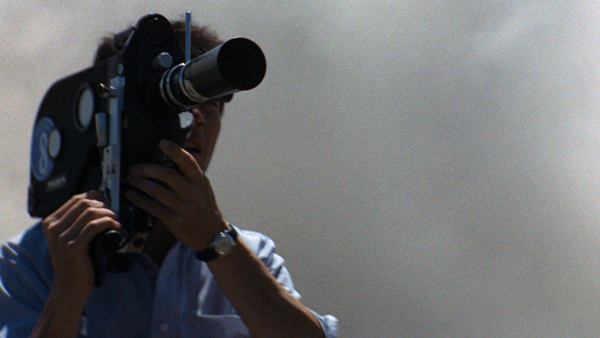
“Medium Cool” is an absolute gem of a movie, its images and narrative both beautiful and frightening. Directed by Haskell Wexler, who was mostly known as an Academy Award-winning cinematographer and director of documentaries, the film combines the detachment of the documentary with the artifice of fiction. Wexler himself said in an interview that he tried to express how real life becomes fictionalized narrative once you put a camera on it.
The movie follows John, a cameraman concerned with social issues, who is trying to treat news objectively. Enraged by the fact that the network allowed the police to use his footage to identify civil-rights protesters and that his editor refuses to broadcast a positive story about a black cabman that turned a large sum of money he found to the police, John clashes with his bosses and is fired.
The movie is set in 1968, the year when the anti-war protests culminated with violent clashes with the police, a year troubled by political assassinations, ever-growing racial tensions and largely spread anti-establishment protests all around the world.
Wexler uses real footage from the Chicago riots, during which a large protest sparked by the assassination of reverent Martin Luther King, Jr. was violently suppressed by the police and National Guard troops. The authenticity if the footage makes the tension so intense that its electricity transcends the screen.
There is a brilliant scene in the movie where journalists discuss on the purpose of showing violence on television and the ethical question of whether a journalist should intervene when victims that need help are involved.
When accused that they make the choice to focus on the violence, the reporters defend themselves by saying that they “cover the news, not manufacture violence” and that the public “doesn’t care about what brought this on”. Wexler suggested that people don’t look beyond the images, they don’t go past the shock-factor and they internalize the fear. The unilateral point of view fails to open a conversation.
4. Network (1976) – dir. Sidney Lumet

This classic is without a doubt one of the most brilliant satires on modern media to date. Flawlessly written by the playwright Paddy Chayefsky and directed by Sidney Lumet (best known for movies such as “12 Angry Men”, “Serpico”, and “Dog Day Afternoon”), “Network” follows the way media uses violence as a means to boost ratings.
Howard Beale, an anchorman turned redundant due to the decline of his show’s ratings, becomes a sensation after a rant he delivers during what should be his “goodbye” speech. Beale’s honest speech resonates with viewers and the network is convinced to keep him on.
However, the way in which they do that is transforming his indignation in entertainment. Beale’s passionate harangues and the fact that he speaks the truth are masterfully exploited by the programming department executive, Diana Christensen (played by the wonderful Faye Dunaway).
Dubbed the “Mad Prophet of the Airways”, he’s being marketed as the voice of people’s rage and frustration. Christensen knows that through speaking his mind, Howard is actually telling people what they want to hear. And, if people hear what they want, they will continue watching.
Christensen’s strategy to remain above the competition is to show violence onscreen. Willing to break federal law and risk imprisonment, she creates “The Mao Tse-Tung Hour” by paying a communist terror group for authentic footage of their revolutionary activities.
The ratings become an addiction and Diana maintains it by increasing the violence dosage, which culminates with the assassination of Howard Beale on live television. The Prophet becomes the Martyr and redeems his land/network one last glorious time.
5. Circle of Deceit (1981) – dir. Volker Schlöndorff
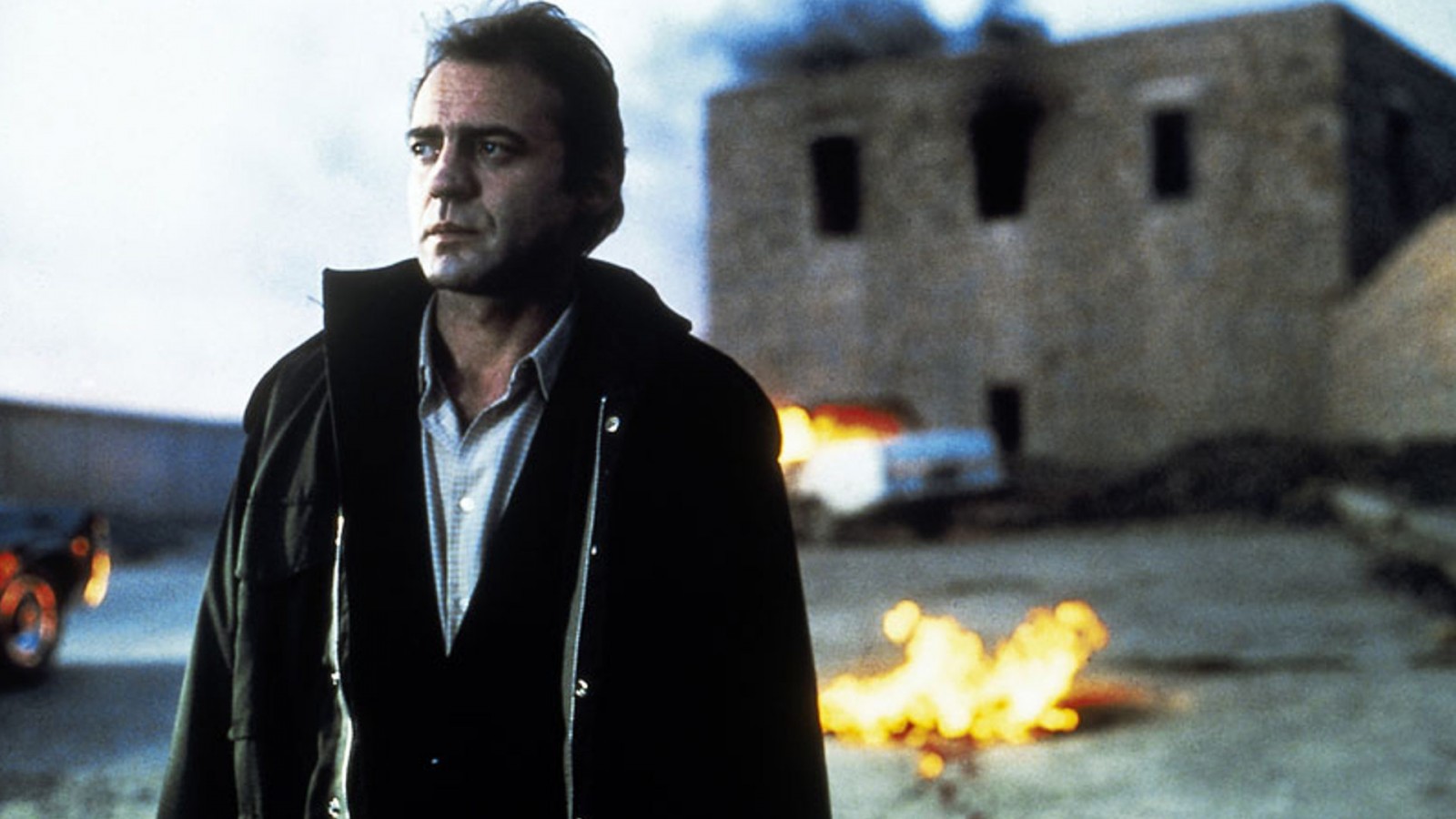
In original “Die Fälschung”, this German movie was the first to be released by director Volker Schlöndorff after his best known, controversial chef-d’oeuvre “The Tin Drum” (1979). The film is the story of Georg Laschen, portrayed by the legendary Bruno Ganz, a German war correspondent who goes to Beirut, Lebanon to report on the Lebanese Civil War at the end of the 70s.
This is actually not Schlöndorff first take on the media. He previously approached the theme of media abuse and intrusion in people’s lives in the 1975 release “The lost honor of Katharina Blum, or: How violence develops and where it can lead”.
The movie starts with Georg Laschen living home, hunted by jealousy and aware that his marriage is falling apart. At first he seems to find solace in the distance. The war is just a backdrop for daily life and hell only breaks lose at night.
The journalists are casually walking around town, interacting with different insurgent factions. The veil of normality is quickly broken when Georg witnesses an old salesman being shot in the street. The intrusion of war in the daily routine makes him slowly forget the conflict back home.
At first detached and surreal, the war scenes become more and more atrocious and hard to watch. Schlöndorff’s unforgiving camera catches everything that needs to be seen and lingers on the gruesome scenes, making the audience a part of the nightmare. “Dirty pictures to look at in clean places” intended to make people appreciate their cozy, happy lives, as one character puts it.
Journalists are not only witnesses; they become accomplices, allowing insurgents to kill people for the camera. The facts and body counts are being exaggerated so the readers back home don’t become “bored with the war”. Georg himself loses his moral compass, kills a man during an ambush and cold-heartedly states: “all I do is entertainment”.
In one of the last scenes of the movie, the detached way in which the editors select the horrific pictures of massacres in a white, sanitized room is a fitting metaphor for the way in which the media creates a distance between the dreadful reality of war and the breakfast table.